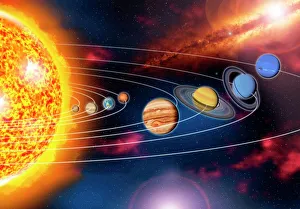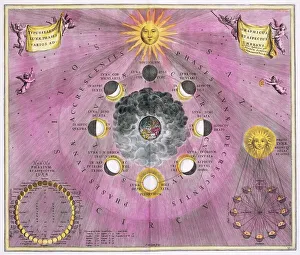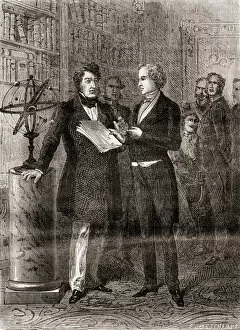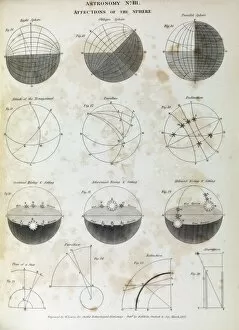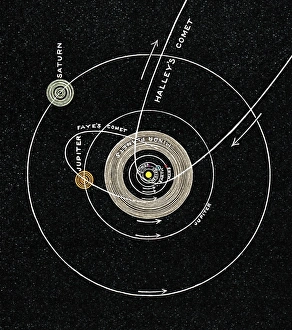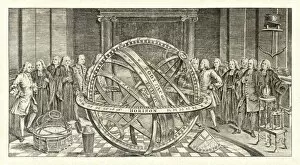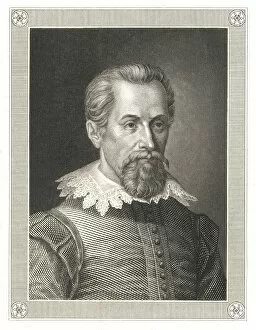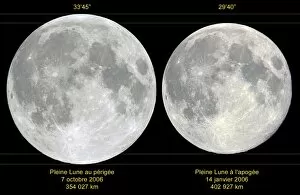Celestial Mechanics Collection
"Exploring the Celestial Dance: Unveiling the Mysteries of Celestial Mechanics" Step into the fascinating realm of celestial mechanics
All Professionally Made to Order for Quick Shipping
"Exploring the Celestial Dance: Unveiling the Mysteries of Celestial Mechanics" Step into the fascinating realm of celestial mechanics, where planets twirl in perfect harmony within our solar system. Inspired by the groundbreaking work of Johannes Kepler, a German astronomer who revolutionized our understanding of planetary motion, we embark on a journey through time and space. In 1708, an intricate depiction of the phases of the Moon emerged, shedding light on its enigmatic transformations. Henri Poincare's caricature captures his brilliance as he delved into celestial mechanics with unparalleled curiosity and ingenuity. Urbain Jean Joseph Le Verrier's audience with King Louis-Philippe symbolizes recognition for his remarkable calculations that led to the discovery of Neptune. His meticulous study paved the way for further exploration and unraveled hidden secrets lurking beyond our reach. Epicycles adorned diagrams from 1708, revealing intricate paths traced by moons orbiting their respective planets. These mesmerizing patterns showcased nature's artistry at play in cosmic proportions. The HR 8799 planetary system comes alive through captivating artwork from C015 / 0794. Its ethereal beauty captivates astronomers worldwide as they unravel its mysteries one layer at a time. Astronomy diagrams from 1823 (C017 / 8060) offer glimpses into complex astronomical phenomena - constellations intertwining like celestial tapestries while stars reveal their inner workings through meticulously crafted illustrations (C017 / 8059). Immerse yourself in these timeless works; let them transport you to distant galaxies and unveil wonders yet unseen. The elegance and precision depicted in astronomy diagrams from 1823 (C017 / 8058) remind us that even amidst vastness, order prevails – guiding us towards deeper comprehension. Witness how our solar system has evolved since its inception; marvel at its grandeur captured in a snapshot from1893 – an awe-inspiring testament to the celestial ballet that unfolds before our eyes.

